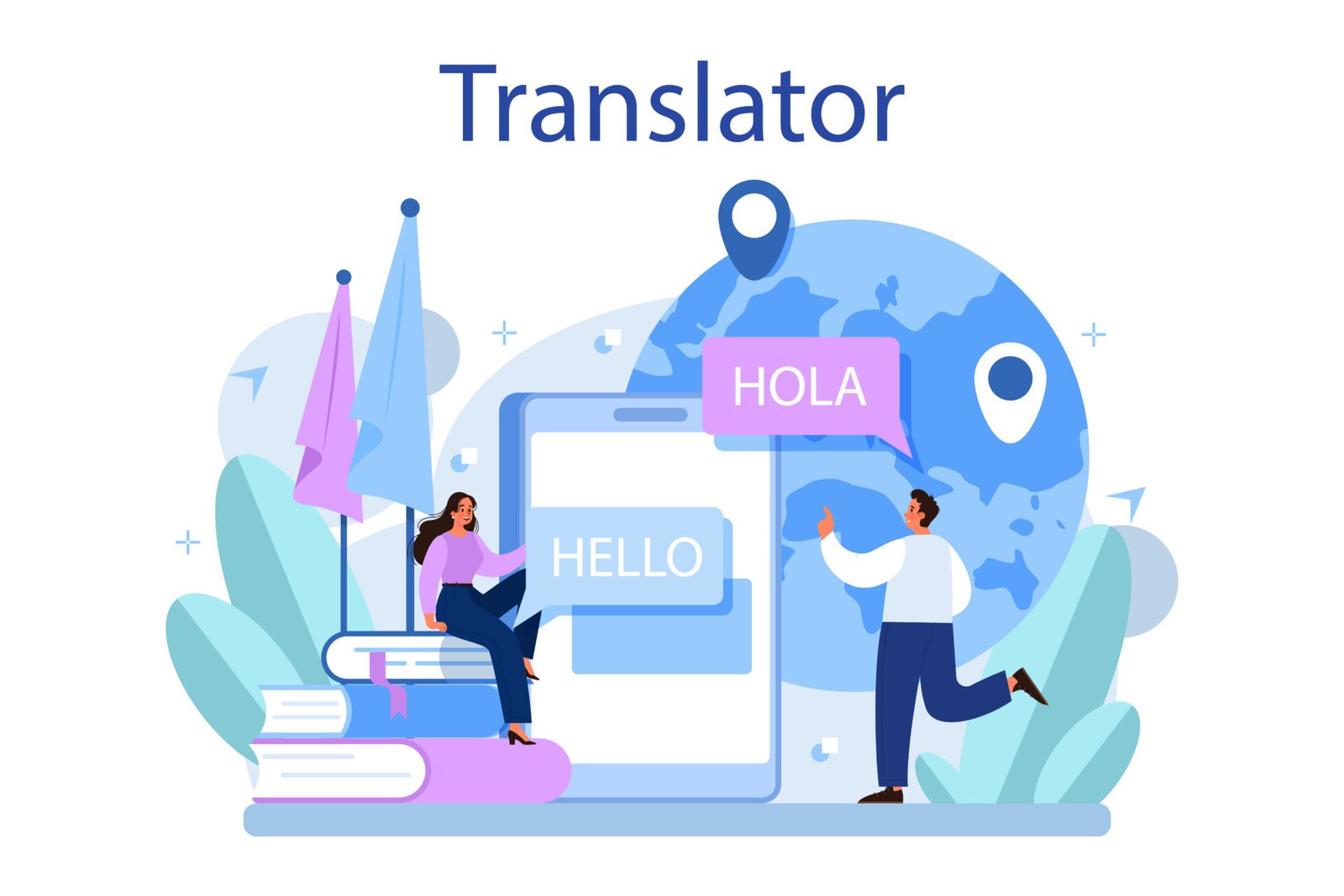In the digital era, artificial intelligence (AI) has rapidly advanced, impacting various sectors, including translation. AI-powered translation tools like Google Translate and DeepL have made significant strides in reducing language barriers, enabling real-time communication between speakers of different languages. However, despite these technological advancements, human translators remain essential. While AI has undoubtedly transformed the translation landscape. The need for human expertise, cultural understanding, and nuanced judgment ensures that human translators continue to play a crucial role. This essay explores why human translators are still indispensable in the age of AI. Here at www.renaissance-translations.com our content writers provides human written Translation Services.
Nuances of Language and Culture:
Language is a reflection of culture, and understanding cultural context is essential for accurate translation. AI, no matter how advanced, struggles with the subtleties, idioms, and cultural references embedded in languages. For instance, translating a phrase like “break a leg” literally would make no sense to someone unfamiliar with the idiomatic expression, and AI might fail to grasp the intended meaning without additional context.
Human translators, on the other hand, can discern and interpret these nuances. They understand the cultural context behind the language and can adapt the translation accordingly. For example, a marketing campaign that resonates in one culture might offend another. A human translator can recognize these cultural differences and adjust the message to ensure it is both accurate and appropriate.
The Complexity of Human Emotions:
Language is not just a means of communication; it is also a medium for expressing emotions, ideas, and experiences. Human emotions are complex, and conveying them accurately in another language requires more than a literal translation. AI, which primarily relies on algorithms and data patterns. Often struggles to capture the emotional depth and subtleties that human translators naturally understand.
For example, translating a poem, a piece of literature. Or even a heartfelt letter requires an understanding of tone, mood, and emotion that AI cannot fully replicate. Human translators can interpret the emotional intent behind the words, ensuring that the translation preserves the original sentiment. This ability to convey emotion is particularly important in fields such as literature, diplomacy, and international relations. Where the impact of language goes beyond mere words.
Creative and Contextual Thinking:
AI translation tools excel at translating straightforward text, but they often fall short when it comes to creative or complex content. For instance, in literary translation, the choice of words, sentence structure, and stylistic elements are all critical to maintaining the integrity of the original work. Human translators have the ability to think creatively and make informed decisions that preserve the author’s voice and intent.
Moreover, AI often struggles with context. A word or phrase can have multiple meanings depending on the context in which it is used. Human translators can analyze the broader context of a text and choose the most appropriate translation. For example, in legal or technical documents, a slight mistranslation could lead to significant misunderstandings. Human translators, with their ability to comprehend the full context, ensure that such errors are avoided.
Ethical and Moral Considerations:
Language is inherently tied to ethics and morality, especially in sensitive situations such as legal proceedings, healthcare, and international diplomacy. AI lacks the moral compass and ethical judgment that human translators possess. A machine translation could inadvertently lead to misunderstandings or miscommunications that have serious consequences.
Human translators can navigate these ethical challenges by making thoughtful decisions based on the context and the potential impact of their translations. They can also recognize when a literal translation might be inappropriate or harmful and choose alternative phrasing that conveys the intended message without compromising ethical standards. This level of moral reasoning is beyond the capabilities of AI, making human translators indispensable in situations where ethical considerations are paramount.
Handling Ambiguities and Unpredictable Scenarios:
Languages are often ambiguous, with words and phrases having multiple meanings or interpretations. AI systems, while improving, still struggle with ambiguity and can produce incorrect or confusing translations as a result. For example, the word “bank” could refer to a financial institution or the side of a river, depending on the context. Human translators can navigate such ambiguities by relying on their knowledge and experience to choose the correct meaning.
Furthermore, language is constantly evolving, with new slang, jargon, and expressions emerging regularly. While AI systems rely on pre-existing data, they may not be equipped to handle these unpredictable linguistic changes. Human translators, however, can adapt quickly, keeping up with language trends and ensuring that their translations remain relevant and accurate.
Collaboration with AI for Better Results:
Rather than viewing AI as a replacement for human translators, it is more productive to see it as a tool that can enhance human translation work. AI can handle routine, repetitive tasks, allowing human translators to focus on more complex and creative aspects of translation. This collaboration can lead to faster and more efficient translation processes while maintaining the quality and accuracy that only humans can provide.
For example, AI can assist with initial drafts of translations, which human translators can then refine and improve. This partnership between human expertise and AI efficiency ensures that translations are both accurate and delivered in a timely manner. In this way, human translators and AI can complement each other, combining the strengths of both to achieve the best results.
In short, while AI has undoubtedly revolutionized the field of translation, human translators remain essential. Their ability to understand cultural nuances, convey emotions, think creatively, and navigate ethical considerations ensures that they continue to play a vital role in the translation process. As language is deeply intertwined with culture, emotion, and context, human translators bring a level of understanding and judgment that AI cannot replicate. In the age of AI, the collaboration between human translators and AI tools offers the most promising path forward, combining the best of both worlds to ensure effective and accurate communication across languages.
